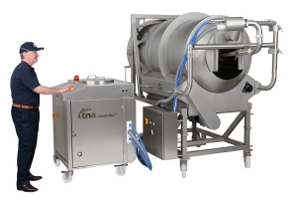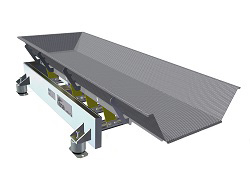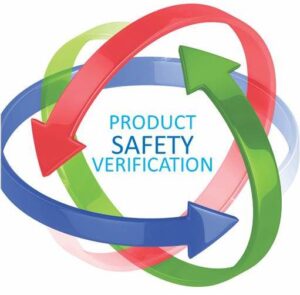Intelligent Distribution Systems
flexibility | 2 mins read
November 19, 2013
Top tips for choosing the most effective equipment for your production line!
Roger Treacher, conveying product manager, tna
We all know that production lines need to run as efficiently as possible to ensure the best product yield and quality, and provide the best value for manufacturers. An essential part of production lines, conveying or distribution systems play a pivotal role in achieving maximum efficiencies, moving items through each stage of the production process quickly, intelligently, automatically and with extreme care.
 Does your distribution system work as well as it could? If it’s time for a rethink, here are our top five considerations for selecting an intelligent distribution system to match your specific requirements.
Does your distribution system work as well as it could? If it’s time for a rethink, here are our top five considerations for selecting an intelligent distribution system to match your specific requirements.
1. The products to be conveyed: Assessing which products are to be conveyed is vital – from flow speeds and flow characteristics, to bulk density and volume, each type of product will behave in different ways once conveyed. Consider also, any future expansion or product diversification plans, to help future proof your investment.
2. Specific product characteristics: Whether items are light or dense, soft or hard, wet or dry, or coated in flavourings, oils or even chocolate, has a significant impact on the selection of a distribution system. Suppliers offering a full range of conveying technology ensure you have access to equipment suitable for a variety of applications.
3. Total cost of ownership: Examining power consumption, product output and quality, maintenance time and product repair costs helps ensure a distribution system delivers true value for money.
4. Product storage requirements: Providing an automatic buffer between the process line and the packaging department within the conveying system, storage is a key consideration. The 20/20 rule offers a good guide when assessing storage options; when 20% of packaging stops, the distribution system automatically holds back 20 minutes of process line output and pre aborts any product. Reject points should also be worked into the design of the line.
5. Keeping it clean: Selecting easily accessible, simply designed distribution machines with few moving parts ensures lines adhere to strict hygiene standards in terms of foreign bodies, bacteria build up and environmental contamination.
To hear more about these and our five other top tips for distribution systems, download our white paper “Intelligent distribution systems”.
Or, please contact us to find out how tna can help your business become more efficient!


























